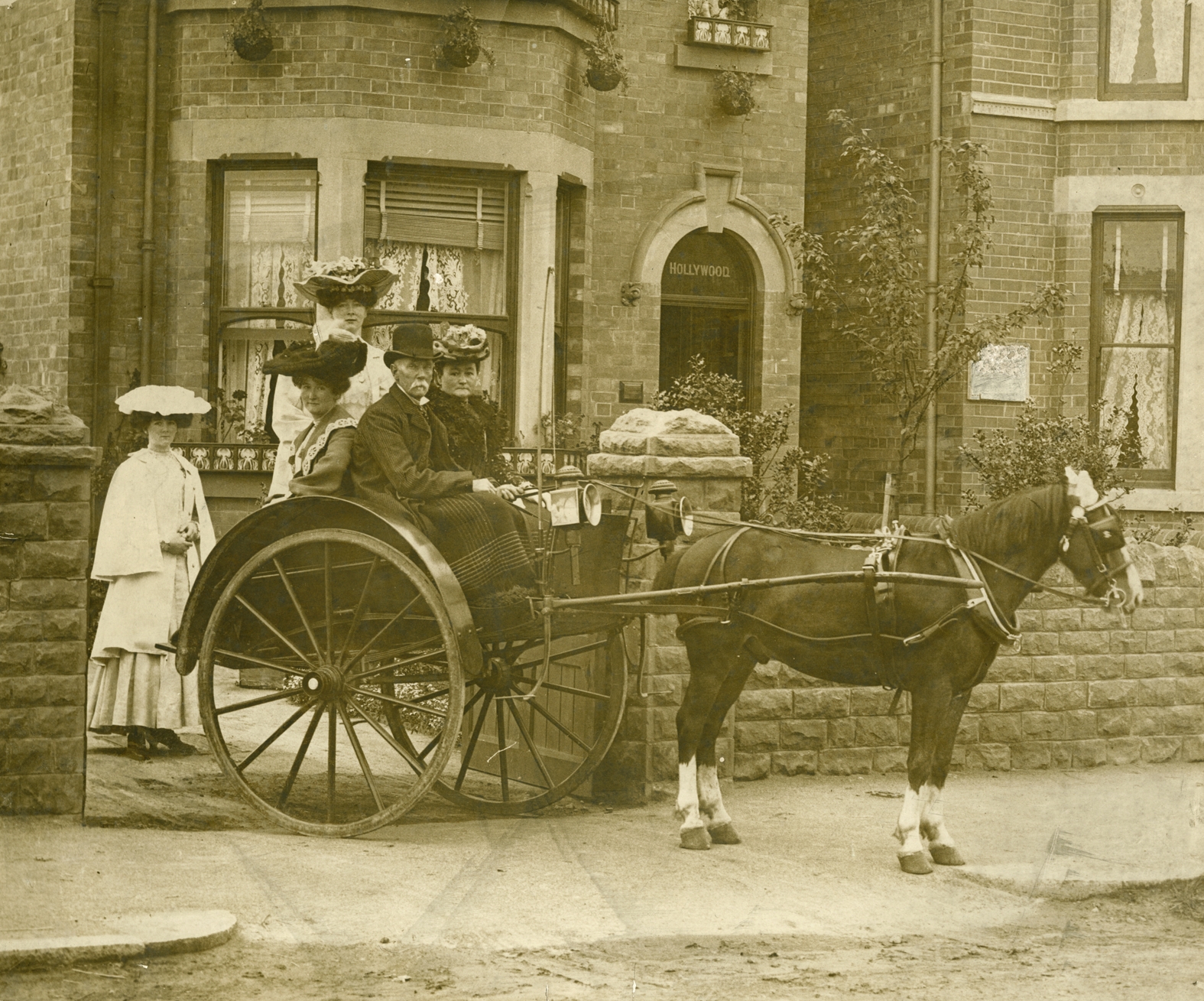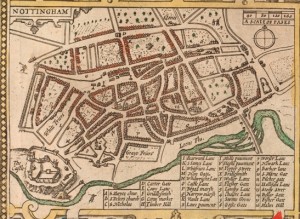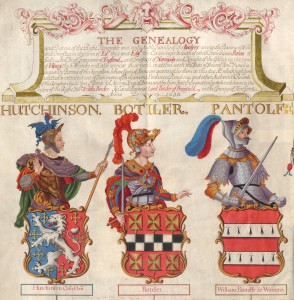
July 4, 2013, by Kathryn Steenson
Meet Nottinghamshire’s People
Nottinghamshire’s People – Ancestral Stories from the Archives celebrates the lives of Nottinghamshire’s people and their communities. Family history is enormously popular despite – or perhaps because – tracing ancestors can be quite a challenge. Genealogists often use the classic family history sources, such as parish registers and the census, without exploring the other documents available. This exhibition, which is co-curated with Nottinghamshire Archives, hopes to inspire people to explore the vast range of under-used archive material available.
Although family historians today are fortunate to have a wealth of rich internet resources, most archive records are not online and not name-indexed. Nottinghamshire’s People showcases the original documents that can add colour to your ancestors’ lives. Whether they were humble agricultural labourers, local dignitaries or incorrigible criminals, they all have a story to tell.
The central case is a case study of one researcher’s family history. Her Nottinghamshire ancestors can be traced back to the seventeenth century. The display demonstrates a wide range of material she used to uncover her ancestors’ lives as scholarship students, weavers, and former soldiers in poor health.
Also on display is the historic Guild Roll of St Mary’s, Nottingham, dated 1371, on view for the first time since its purchase in 2006. Originally sold to an institution overseas, an export bar was placed on the roll to allow UK archives time to raise money to keep it in this country. It identifies the men and women who joined the guild that provided help in times of hardship, such as sickness or unemployment.

Detail of Nottingham City from a John Speed map, 1610 (Manuscripts and Special Collections, Not1.B8.C76)
Each of the boards examines a well-known Nottinghamshire person and highlights some of the documentary sources used to tell the story of their life. These people include George Africanus, a freed slave who became a businessman; Victorian author Mary Howitt; and William Mompesson, who became one of the canons of Southwell Minster after his experiences in Eyam during the Great Plague in the 1660s. A travelling version of the exhibition boards will be touring libraries and other venues over the summer.
Our Turning the Pages technology provides digital delivery of extracts from three diaries from local residents: William Parsons (1832); William Pickthorne (1887), and Billy Richards (1909-1911). The diaries span three generations of young men from different social classes, and give a real flavour of how life in Nottinghamshire changed over the course of almost a century.
The exhibition will be open until Sunday 1st September. To accompany the exhibition is a series of lunchtime talks:
- Students, Sinners and Surveys (Wednesday 26 June and Tuesday 9 July)
- Weaving My Family Tree (Wednesday 3 July)
- Unlocking the Parish Chest: Parish Records and Family History (Wednesday 7 August)
- Kinship and Connectedness: the Social and Personal Impact of Genealogy (Wednesday 14 August).
All talks take place at the Lakeside Arts Centre and can be booked at the Box Office on 0115 846 7777.
The exhibition is one of a series of events running from March to October 2013 as part of the Ancestral Tourism Partnership programme. Promoting Nottinghamshire’s past can be a major boost to local tourism, and the workshops, talks, tours and other activities aim to help and encourage people to walk in the footsteps of their ancestors.
If you want to know more about the exhibition or the historic collections that are held by the University or Nottinghamshire Archives, contact staff at Manuscripts and Special Collections at mss-library@nottingham.ac.uk or Nottinghamshire Archives at archives@nottscc.gov.uk
No comments yet, fill out a comment to be the first


Leave a Reply